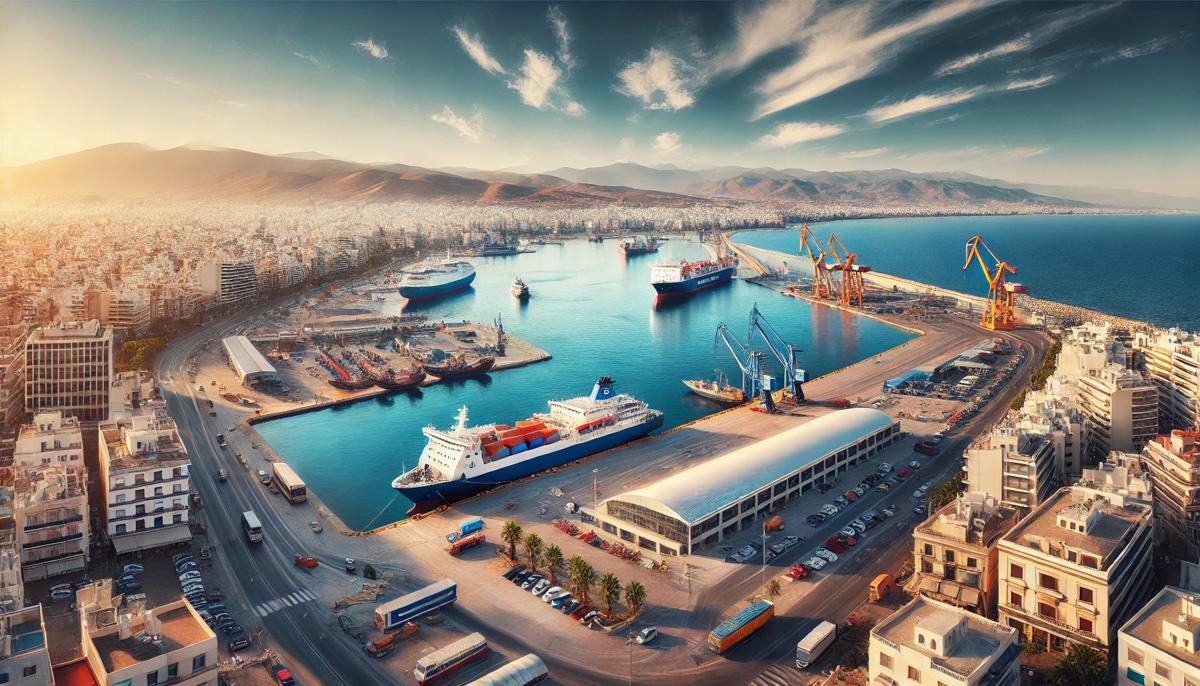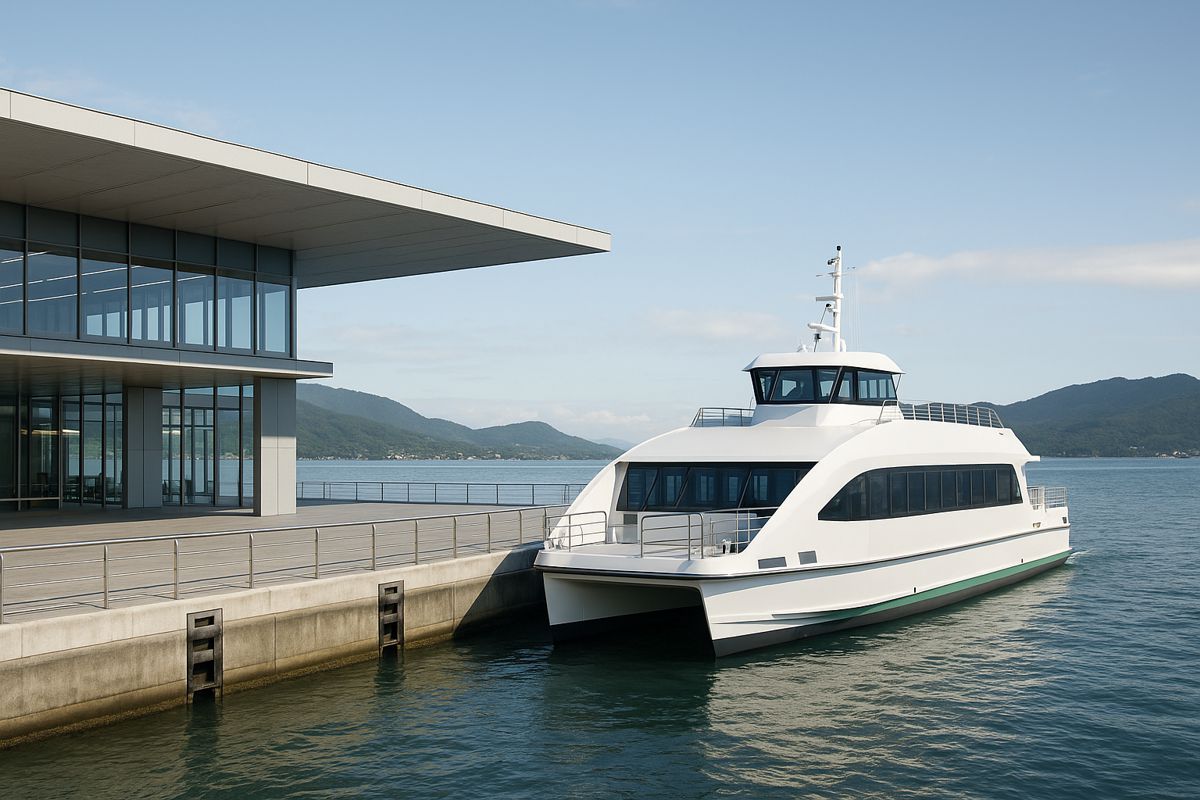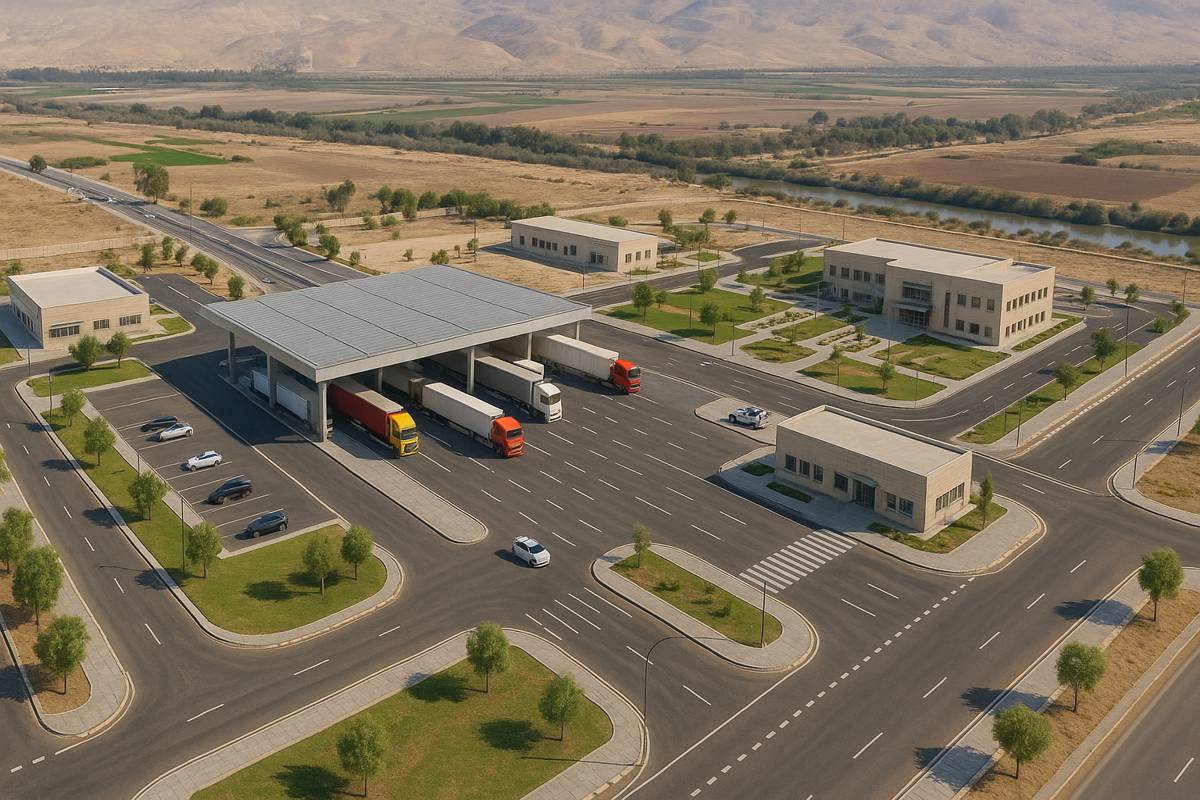Heraklion Port Authority Acquired by Strategic Partnership in Crete
In a significant step toward enhancing Greece’s maritime infrastructure, the Hellenic Republic Asset Development Fund (HRADF) has announced the sale of a 67% stake in the Heraklion Port Authority (HPA S.A.) to a consortium led by Grimaldi Euromed S.p.A. and Minoan Lines S.A. This €80 million deal marks a new chapter for one of Crete’s most vital transportation hubs, a key gateway that’s about to undergo major transformations.
This acquisition isn’t just another business transaction—it’s part of a broader strategic initiative to elevate Crete’s infrastructure, along with the development of the island’s road networks and a new international airport in Heraklion. As Greece continues to position itself as a central player in Mediterranean trade, this port upgrade signifies a bold step forward.
Who’s Behind the Deal?
At the heart of the acquisition are two powerhouses in the maritime industry: Grimaldi Euromed S.p.A. and Minoan Lines S.A. These companies aren’t strangers to the region—they’ve been involved in Mediterranean logistics and passenger transport for decades. Grimaldi Euromed S.p.A. specialises in the maritime transport of goods and vehicles, while Minoan Lines S.A. is a dominant player in passenger ferry services.
For the HRADF, the deal represents a balance between public and private interests. By retaining 33% of the Heraklion Port Authority’s share capital, the HRADF ensures that the state maintains a strong foothold in this strategic asset, while the new majority stakeholders bring in fresh investment and expertise to elevate port operations.
How the Acquisition Benefits Crete
The impact of this acquisition stretches far beyond the immediate financial transaction. Crete is a growing commercial hub, and the Heraklion Port is central to the island’s economic future.
Under the new ownership structure, 50% of the €80 million purchase fee will be allocated to a “Special Account for Port Infrastructure Development,” which is managed by the Bank of Greece. This fund will be used to finance critical upgrades, ensuring that Heraklion Port can meet the demands of modern trade and transportation. This is no small feat—the port’s infrastructure is set to receive upgrades that will transform it into a more efficient, tech-savvy, and sustainable hub.
The enhancements won’t stop there. The development of the Northern Road Axis of Crete (BOAK) and the New International Airport of Heraklion are part of a holistic plan by the Greek government to boost the island’s economic prospects. These projects aim to strengthen Crete’s connectivity, both by sea and air, making it easier for goods and tourists to flow in and out of the region.
A Strategic Location
Heraklion Port sits in a prime location, serving as a crossroads between Europe, the Middle East, and North Africa. For centuries, the port has been a vital conduit for trade and travel, and with these new investments, it will only strengthen its role as a Mediterranean logistics powerhouse.
The new stakeholders bring decades of operational know-how that will help streamline port activities, making it a more attractive destination for shipping companies and cruise liners alike. It’s no secret that cruise tourism is a booming industry, and Crete’s central location makes Heraklion an ideal stop on Mediterranean itineraries.
With the upcoming infrastructure upgrades, Heraklion Port is well-positioned to become a leader in this sector, potentially increasing both cargo throughput and passenger traffic. And with the global push toward greener, more sustainable transport options, this port’s development could serve as a blueprint for eco-friendly maritime operations.
What’s in Store for the Future?
The new investors have big plans. While specific details on the port’s expansion have yet to be fully revealed, the consortium is expected to invest heavily in the port’s infrastructure to modernise its facilities, enhance operational efficiency, and improve environmental sustainability.
The Heraklion Port Authority’s Master Plan is pivotal to these developments. As the Port Planning Authority, HRADF will continue working closely with the consortium to finalise the approval process for this ambitious blueprint. Expected upgrades will likely focus on expanding berthing spaces, improving container-handling capacity, and optimising passenger facilities.
Moreover, these improvements are intended to align with the broader goals of boosting Crete’s tourism and logistics capabilities. The island’s role as a major player in both industries is growing, and this port is integral to its long-term success.
Greece a Nation on the Move
The acquisition is also a reflection of Greece’s broader economic strategy. The government has been actively pursuing infrastructure upgrades across the country, keen to leverage its geographical advantages in global trade routes. The development of ports like Heraklion fits into a national vision to transform Greece into a leading logistics hub for Europe and the Middle East.
This move aligns with similar projects at the ports of Piraeus and Thessaloniki, both of which have undergone major developments in recent years. Greece’s maritime sector, already a global leader, is positioning itself for long-term growth, with Crete playing a pivotal role in these ambitions.
The Greek government has set its sights high, and with these infrastructure investments, the nation is making significant strides in attracting more international business and boosting its competitiveness. As HRADF’s Executive Chairman, Dimitris Politis, stated: “The development of the Heraklion Port will contribute to the local and national economy, strengthen Crete’s position in international maritime traffic, and significantly upgrade the island’s infrastructure.”
A Win-Win Scenario
For the local economy, this acquisition is a game changer. The port’s expansion will create jobs, boost tourism, and enhance Crete’s standing in the global marketplace. By focusing on long-term growth, the new stakeholders and the HRADF are setting the stage for Heraklion Port to become a beacon of Mediterranean trade and travel.
The benefits won’t just be felt by shipping companies and tourists, either. The local communities stand to gain from increased economic activity, improved infrastructure, and better connectivity. This is especially crucial for an island like Crete, which relies heavily on tourism and agriculture for its economic well-being.
Looking Ahead with Optimism
As the Heraklion Port Authority enters this new phase, it’s clear that Crete’s future is brighter than ever. The strategic investments in its port, roads, and airport are setting the stage for a period of robust growth, positioning the island as a critical link in the Mediterranean’s trade and tourism networks.
With the backing of experienced maritime operators and the continued involvement of the HRADF, Heraklion Port is on track to become a world-class facility that benefits both the local economy and international trade. The only direction from here is upward, as this deal marks the beginning of a new era for Crete’s infrastructure.





















